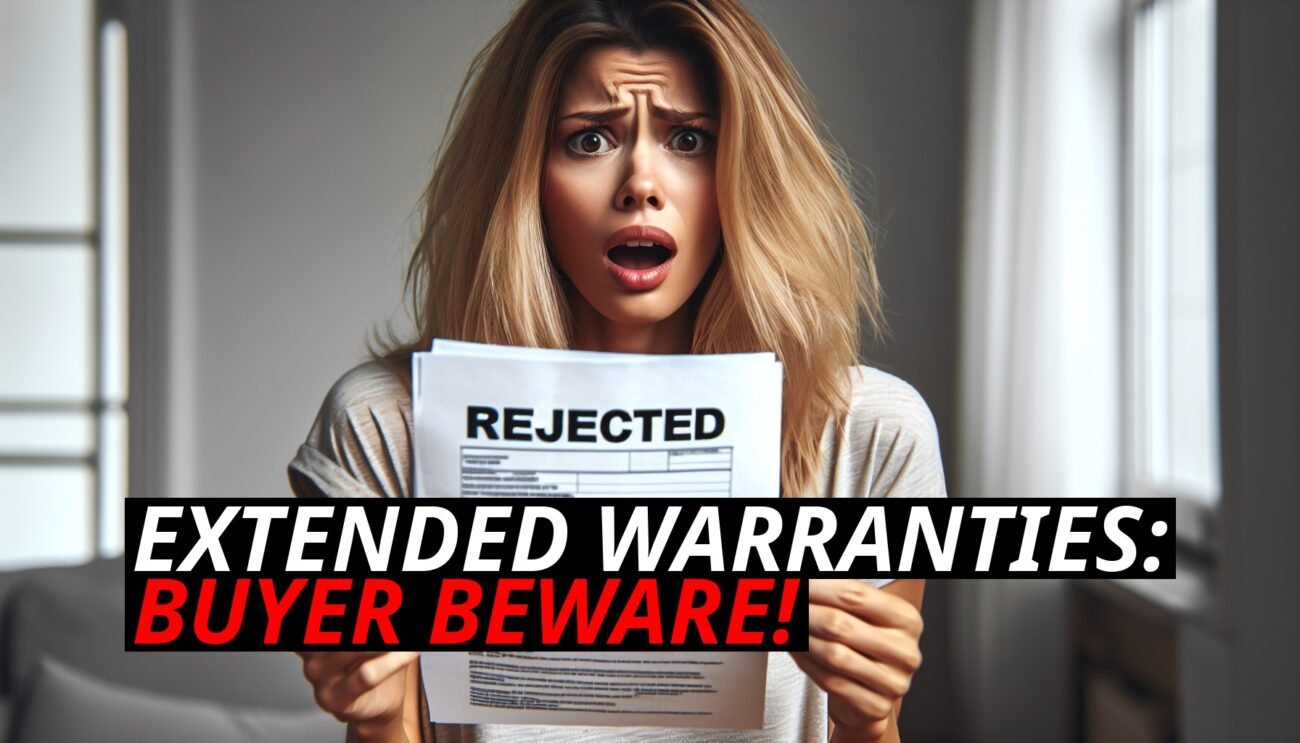Picture this: You’re about to purchase a new smartphone, laptop, or maybe even a car. The salesperson offers you an extended warranty, promising it will protect you from unexpected repair costs. It’s tempting to add that extra layer of security, but what if I told you there’s a smarter way to protect your wallet? Instead of buying an extended warranty, consider self-insuring. Not only could this save you money, but it also puts you in control of your finances.
What Is Self-Insuring? The Power Of Financial Independence
Self-insuring is the concept of setting aside money to cover potential repairs or replacements instead of paying for an extended warranty. Think of it as creating your own personal insurance fund. The idea is simple: rather than paying a company to cover potential issues, you save that money yourself. If something breaks, you use your savings to pay for the repair. If nothing happens, the money remains in your account, growing over time.
Here’s the beauty of self-insuring: you’re not paying for something you might never use. With extended warranties, many people never make a claim, which means the money spent is gone forever. When you self-insure, the money stays with you, and you can use it however you like.
The Numbers Game: Why Self-Insuring Makes Financial Sense
Let’s look at the numbers. Say you’re buying a $1,000 laptop, and the store offers you a three-year extended warranty for $200. If you take that $200 and put it into a savings account instead, you immediately have a fund that can cover potential repairs.
Most extended warranties have low payout ratios, often between 20% and 40% (Credence”>Source“>Source Research) (BlueWeave”>Source“>Source Consulting). This means that if you purchase a warranty, you might only get back a small fraction of what you paid in. However, if you self-insure, every dollar stays with you.
Over time, if you consistently save the money you would have spent on extended warranties, you’ll build a substantial emergency fund. This fund can cover repairs not just for one item but for any unexpected expenses that might arise. The more you save, the less reliant you become on extended warranties and the more financial freedom you gain.
How To Start Self-Insuring: Building Your Own Repair Fund
Starting a self-insurance fund is easier than you might think. Here’s how to do it:
– Set Up a Dedicated Savings Account: Open a separate savings account specifically for your self-insurance fund. This helps you keep track of your savings and ensures that the money is available when you need it.
– Save the Warranty Cost: Each time you’re offered an extended warranty, calculate how much it would cost and deposit that amount into your self-insurance fund instead. This way, you’re consistently adding to your fund with every purchase.
– Automate Your Savings: Consider setting up an automatic transfer from your checking account to your self-insurance fund each month. Even a small amount, like $20 or $50 a month, can add up over time.
– Invest Wisely: If you’re comfortable with a little risk, consider investing a portion of your self-insurance fund in a low-risk investment account. This could help your savings grow faster than in a traditional savings account.
– Use It Only When Necessary: Treat your self-insurance fund like an emergency fund—use it only for unexpected repairs or replacements. Resist the temptation to dip into it for non-essential purchases.
When Self-Insuring Isn’T Enough: Exceptions To Consider
While self-insuring is a smart strategy for many purchases, there are exceptions where an extended warranty might be worth considering:
– High-End or High-Risk Purchases: If you’re buying an expensive item that’s known for being costly to repair, like a high-end appliance or a luxury vehicle, an extended warranty might provide peace of mind. Just be sure to read the fine print and understand exactly what’s covered.
– Items You Can’t Afford to Replace: If replacing or repairing the item would cause significant financial strain, a warranty could be a reasonable safety net. However, weigh this against the cost of the warranty and the likelihood of needing it.
– Products with Known Reliability Issues: Some products have a reputation for frequent breakdowns. In these cases, an extended warranty might pay off, but again, do your research before deciding.
The Bottom Line: Control Your Financial Destiny
Self-insuring empowers you to take control of your financial future. Instead of paying for extended warranties that might never be used, you’re building a safety net that grows with you. Not only does this save you money, but it also gives you the flexibility to handle unexpected expenses without relying on external companies.
Next time you’re offered an extended warranty, consider the self-insurance route. With a little discipline and planning, you can protect your wallet and enjoy greater financial independence. After all, who better to trust with your money than yourself?













